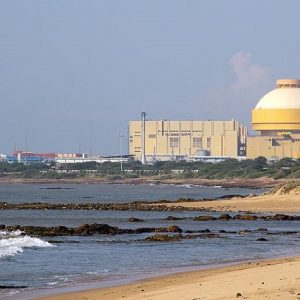India highly-praised solar energy plan unlikely to benefit the vulnerable
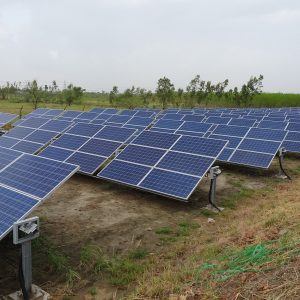

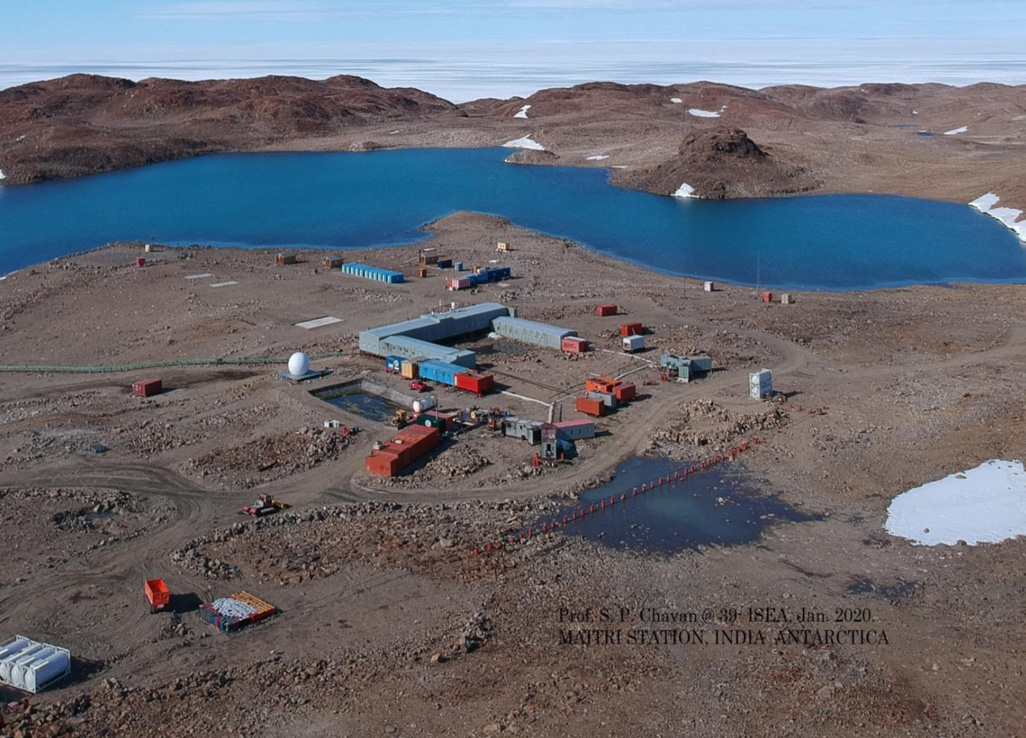
India is set to embark on a new chapter in its Polar exploration journey with the construction of Maitri II. The Indian government plans to establish a new research station near the existing Maitri ba...
.png )
The Deep Ocean Mission (DOM), approved by the Government of India in 2021 under the Ministry of Earth Sciences (MoES), represents a strategic step in realizing Sustainable Development Goal 14 (SDG 14:...
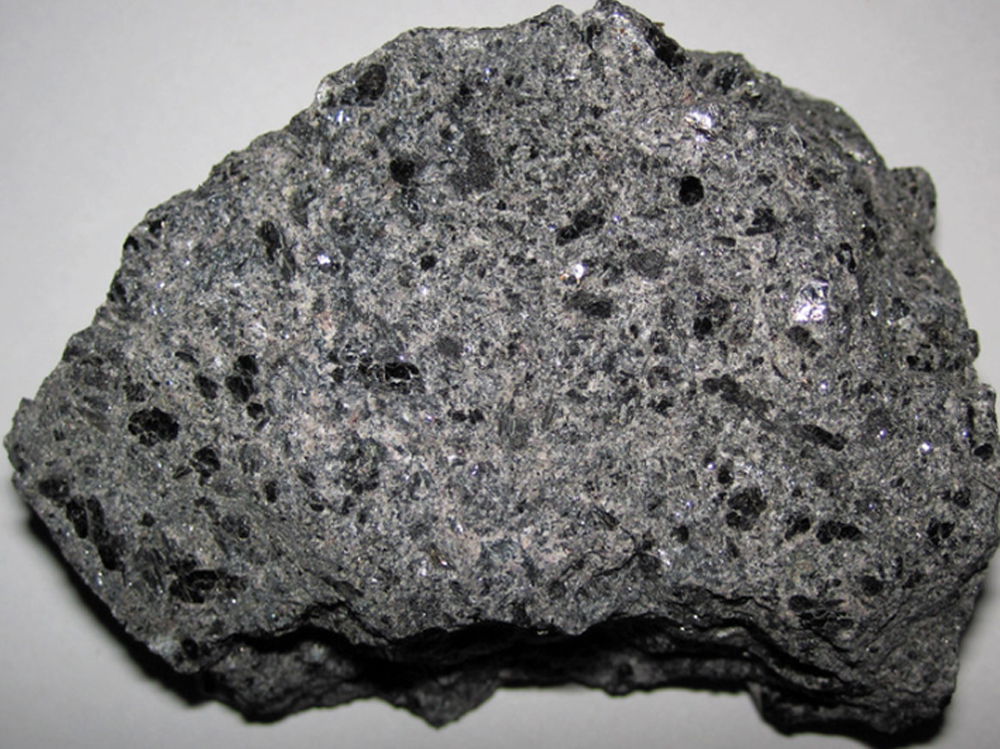
China recently announced restrictions on the export of seven rare earth elements (REEs), soon after US President Donald Trump decided to impose tariffs. As the world's dominant supplier—responsible fo...
<p>India has made admirable leaps in bringing cheap and efficient solar power to thousands of households across the country, securing its place as a leader within the international community. But we a...
<p>Most of the people today know about the uses of solar energy and why we should use it. With the rapid depletion of conventional, non-renewable sources of energy like coal, gas and oil, finding out...
<p>The story of nuclear power in India began in September 1972, when the then Prime Minister Smt. Indira Gandhi visited the Bhabha Atomic Research Centre and the project to manufacture and test a nucl...
Mining activities are responsible for adverse changes in land use pattern. Ecorestoration is, therefore, essential for bringing back the original characteristics of the land.
<p>India has made admirable leaps in bringing cheap and efficient solar power to thousands of households across the country, securing its place as a leader within the international community. But we are far from building a self-sustaining renewable energy system that is equitable for all populations. The push towards cutting consumer tariffs for renewable energy has resulted in its unviable produc...

<p>Most of the people today know about the uses of solar energy and why we should use it. With the rapid depletion of conventional, non-renewable sources of energy like coal, gas and oil, finding out ways to harness and increase the production of alternate, renewable sources of energy is on the rise.</p>
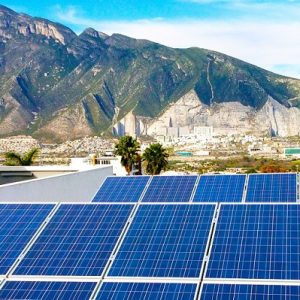
<p>The story of nuclear power in India began in September 1972, when the then Prime Minister Smt. Indira Gandhi visited the Bhabha Atomic Research Centre and the project to manufacture and test a nuclear bomb was given a confirmation. Following this approval, the scientists started working on converting their ideas into reality.</p>
